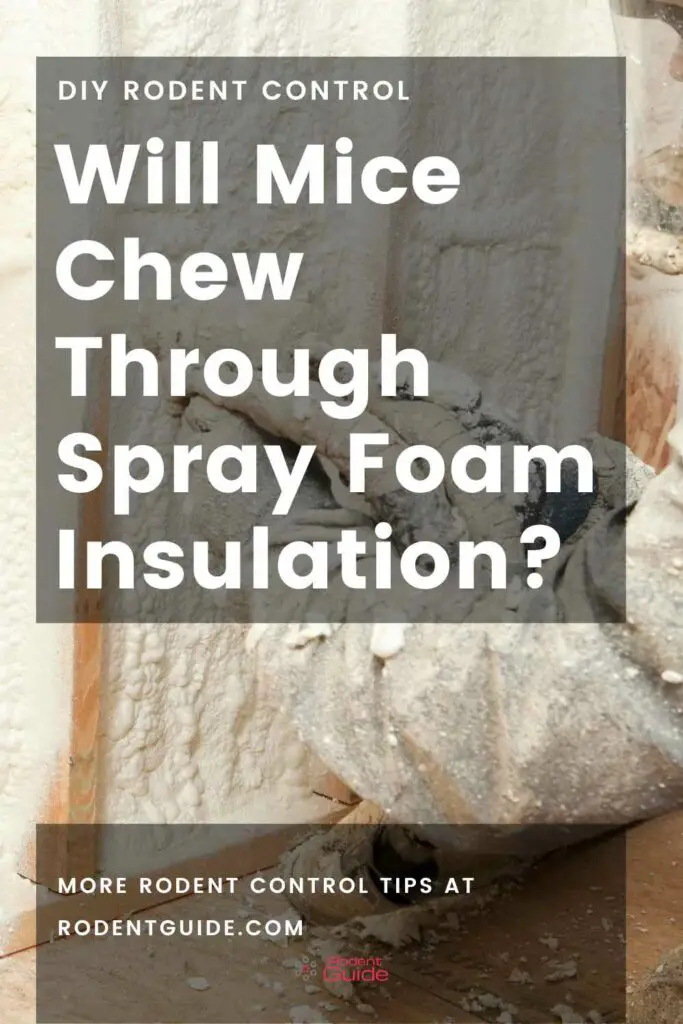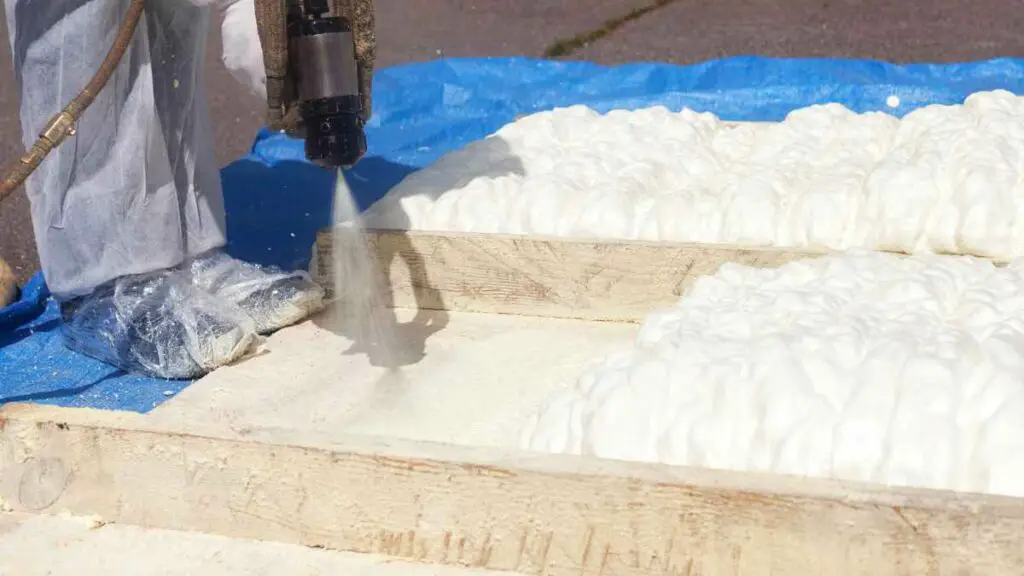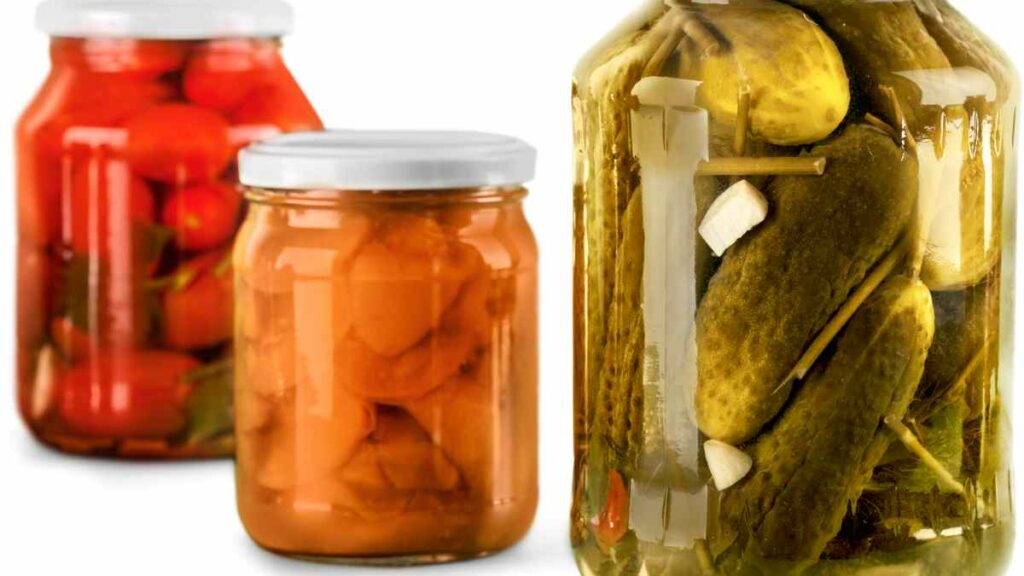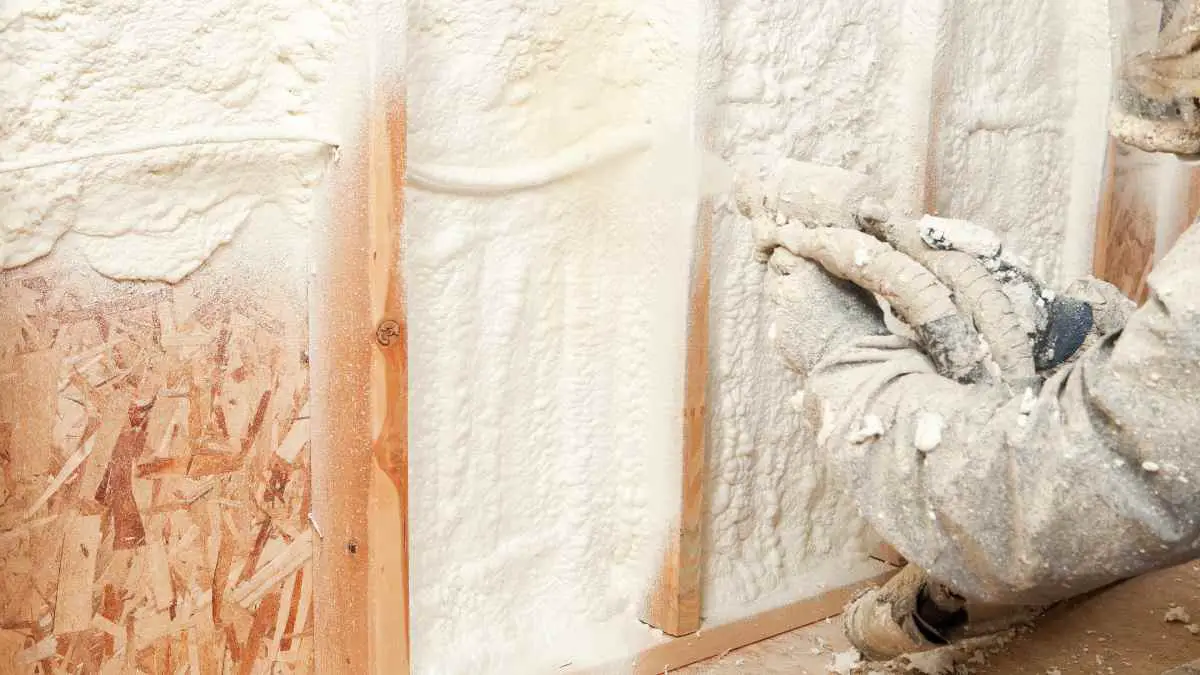As homeowners, we all want to protect our homes from pesky rodents like mice. These tiny creatures can cause a lot of damage to our homes, including chewing through electrical wires, insulation, and even drywall.
Many homeowners turn to spray foam insulation to prevent mice from entering their homes, but there is a persistent myth that mice can chew through spray foam. This has led to confusion and misinformation about the effectiveness of spray foam insulation as a mouse deterrent.
In this blog post, we’ll explore the truth behind this myth and provide some helpful tips on how to keep mice off your property.
So, let’s get started!

Do Mice eat Spray Foam?
The short answer is no; mice do not eat spray foam insulation.
Spray foam insulation is made of a polymer material that is not appetizing to mice, nor does it provide any nutritional value. Mice are known to chew on anything they can get their teeth into, but spray foam insulation is not on their list of preferred materials.
Spray foam insulation expands and hardens, forming a dense barrier that is difficult for mice to penetrate. Additionally, spray foam insulation is often used to fill gaps and cracks, making it even more difficult for mice to access your home.
This is why spray foam insulation is an effective insulation material for keeping out rodents and other pests.
However, it is important to note that while mice do not eat spray foam insulation, they can still cause damage to it. Mice have sharp teeth and strong jaws that can chew through many materials, including wood, plastic, and metal.
While they may not be able to eat the spray foam insulation, they can still gnaw on it, leading to holes and gaps that can compromise the insulation’s effectiveness.
The reason why mice may chew through spray foam

So, if mice don’t eat spray foam insulation, why do they sometimes chew through it? There are a few possible reasons.
Food and Water
First, mice are constantly on the hunt for food and water. If they smell something edible on the other side of a spray foam barrier, they may chew through it to get to the food source.
For example, if you have a leaky pipe or standing water on the other side of a spray foam barrier, mice may be attracted to the moisture and try to chew their way through the insulation to get to it.
Nests for Breeding

Second, mice are natural borrowers, always looking for ways to create nests and build their homes. If they find a small gap or hole in your spray foam insulation, they may see it as an opportunity to create a new entrance or exit point for their nest.
Once they’ve created a hole, they may continue to chew on the insulation to expand the opening and make it easier to access.
Sometimes, when rodents seek refuge from harsh weather conditions, they may also attempt to chew through your expandable foam insulation to get in.
Finally, mice are persistent creatures that keep trying to get into your home until they succeed. Like other rodents, If mice are determined enough, they may be able to find a weak spot in your spray foam insulation and eventually chew their way through it.
Keeping mice off your property; alternatives to spray foam insulation
Keeping mice off your property and out of your home is important for health and safety reasons. While spray foam insulation is an effective barrier to keep out rodents, there are other steps you can take to prevent a mouse infestation.
Here are some alternative methods you can use to keep mice out:
Seal up any gaps or holes in your home’s exterior
Mice can enter your home through very small openings. They can squeeze through a hole as small as a quarter of an inch in diameter. Inspect your home’s exterior for gaps, holes, or cracks in your foundation, walls, and roof.
Seal them up with caulk, foam, or other sealants. Pay particular attention to areas around pipes, vents, and utility entrances where mice often find entry points.
Store food in airtight containers

Mice are attracted to food sources and can easily find crumbs or leftovers around your home. Store all food in airtight containers or jars with lids, including pet food. Clean up any spills and crumbs immediately, and avoid leaving dirty dishes in the sink overnight.
Keep your home clean and clutter-free
Mice like to hide in dark, cluttered spaces. Keeping your home clean and clutter-free reduces the hiding spots and makes it harder for mice to nest. Regularly vacuum and dust your home, and store clothing and linens in sealed containers. This is especially important in attics, basements, and garages, where mice are more likely to invade.
Use mouse traps or other pest control methods
Traps are a humane and effective way to catch and eliminate mice that manage to enter your home. Traditional snap traps are effective, but live traps allow you to catch and release the mice elsewhere.
You can also use ultrasonic pest repellents, emitting high-frequency sound waves that irritate rodents and other pests in your home ( attic space).
Consider alternative insulation materials
If you’re concerned about mice chewing through your insulation, there are alternative materials you can use. Cellulose insulation is made from recycled paper and is treated with boric acid, which is toxic to rodents.
Fiberglass insulation batts and stainless steel wool are options, as mice are less likely to chew through them. However, remember that these materials may be less effective at preventing air leaks and drafts, which can lead to higher energy bills.
It’s important to note that while these methods can help keep mice out of your home, they may not be 100% effective.
If you notice signs of mice in your home, such as rodent droppings, gnaw marks or a musty odor, it’s important to immediately call a pest control company. Mice can reproduce quickly, so the longer you wait, the harder they will be to eliminate.
Conclusion
In conclusion, the myth that mice can chew through spray foam insulation is just that – a myth. While mice can cause damage to spray foam insulation by gnawing on it, they are not eating the material.
Spray foam envelope is an effective way to keep mice out of your home, but it’s important to take other measures to prevent mice from being attracted to your property in the first place.
Good hygiene practices, sealing gaps and holes, and using other pest control methods can help keep mice and rodents out of your home.
It’s also important to note that while spray foam insulation may be more expensive than other insulation materials, it is often more energy-efficient and can save you money on your heating and cooling bills in the long run.
Plus, it can help improve the overall comfort of your home by reducing drafts and keeping out noise and outdoor pollutants. Ultimately, the best way to prevent mice from chewing through your rigid foam insulation is to take a multi-pronged approach to pest control.
By combining effective insulation materials with good hygiene practices and other pest control methods, you can help keep your home free from unwanted pests and mice droppings and enjoy a more comfortable, energy-efficient living space.
Good luck!


